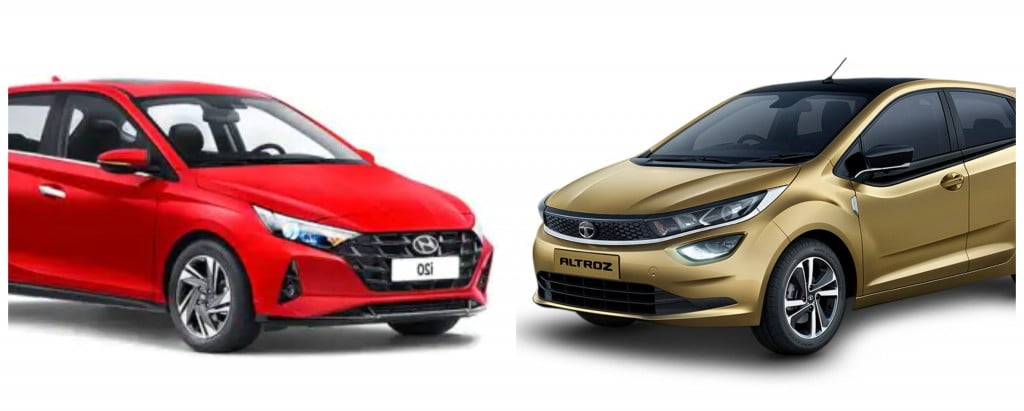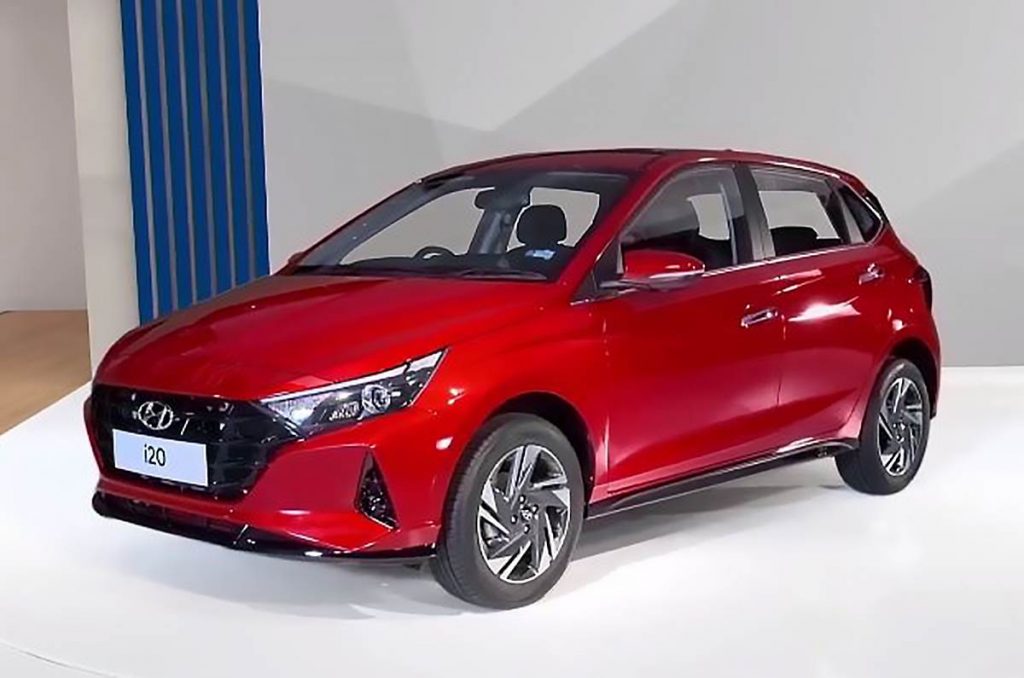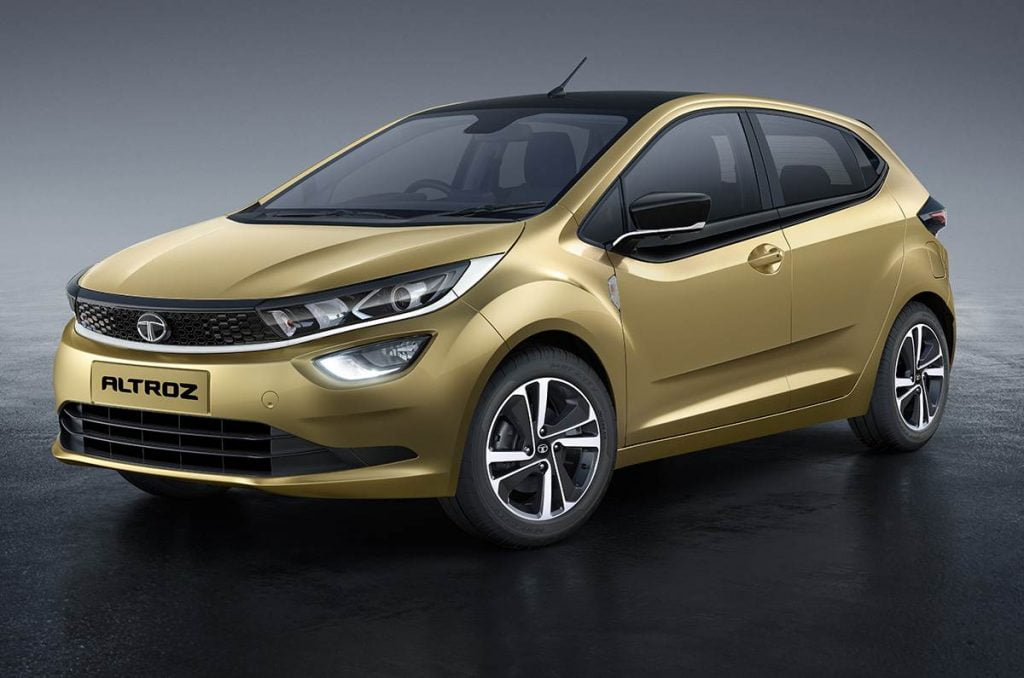If you are looking for a premium diesel hatchback, you are only limited with two options – the new Hyundai i20 and the Tata Altroz. So let’s find out which hatchback has better performance among the Hyundai i20 vs Tata Altroz.
The premium hatchback segment once only had four cars – the Maruti Suzuki Baleno, the Hyundai Elite i20, the Honda Jazz and the Volkswagen Polo. All four hatchbacks were offered with both a petrol and diesel engine. The segment has grown since then and now it also includes the likes of the Tata Altroz and the Toyota Glanza. If however you are looking for a diesel hatchback in this segment, you are only limited with two options – the new Hyundai i20 and the Tata Altroz. All other manufacturers – Maruti Suzuki, Volkswagen and Honda – have discontinued their diesel engines from their premium hatchbacks.

So if you have made up your mind on a diesel premium hatchback, what should you go for if you were also seeking the fun-to-drive factor? Hyundai i20 vs Tata Altroz? In this test conducted by Zigwheels, both the hatchbacks were tested for their acceleration and their braking and here’s who topped the charts. But first, let’s look at what’s powering them.
Diesel Engine Specifications
| Hyundai i20 | Tata Altroz | |
| Engine | 1.5-litre CRDi | 1.5-litre Revotorq |
| Power (PS) | 100PS | 90PS |
| Torque (Nm) | 240Nm | 200Nm |
| Gearbox | 6-speed manual | 5-speed manual |
Both the Hyundai i20 and the Tata Altroz are powered by a 1.5L, four-cylinder diesel engine. The Hyundai however has the clear advantage on paper as it is more powerful and also has more torque than the Tata Altroz. The difference in power is 10PS while the difference in torque is more significant at 40Nm. The Hyundai i20 also gets an additional gear than the Altroz and that should make it more efficient on the highway runs. Neither hatchbacks are however offered with an automatic gearbox for their diesel engines.

Acceleration
| Hyundai i20 | Tata Altroz | |
| 0-100kmph | 10.76 seconds | 12.90 seconds |
| 30-80kmph (Third gear) | 7.81 seconds | 8.54 seconds |
| 40-100kmph (Fourth gear) | 14.07 seconds | 14.53 seconds |
The advantage on paper clearly speaks about the performance as well. Naturally, the i20 is quicker to the 100kph mark from standstill and that too by a significant margin of 2.14 seconds. In gear acceleration is no different as the i20 is still quicker of the two. The Altroz however does make up some ground by closing the gap in the 40-100kph run in forth gear to just 0.46 seconds of the Hyundai i20.
Also Read : 11th-Gen Honda Civic Prototype Previewed; India Bound in 2022!

Braking
| Hyundai i20 | Tata Altroz | |
| 100-0kmph | 39.52m | 43.21m |
| 80-0kmph | 24.31m | 27.83m |
The Hyundai i20 stops just as well as it goes. From 80 or 100kph, the i20 stops in a shorter distance than the Altroz in both the cases. Both the hatchbacks use disc brakes at the front and drum brakes at the rear. However, the i20 clearly has the better stopping power.
Also Read : Jeep Compass Facelift Interiors Previewed in New Teaser Images!
Pricing
| Hyundai i20 Diesel | Tata Altroz Diesel | |
| Price (ex-showroom) | Rs 8.20 lakh to Rs 10.75 lakh | Rs 6.99 lakh to Rs 8.95 lakh |
The Hyundai i20 is surely expensive and there are no two ways about it. The top-end diesel i20 is a whole Rs 1.80 lakh more expensive than the top-end Altroz diesel and that’s a significant premium. Does it still offer bang for the buck? Well, if you were looking at features, looks and style, then certainly yes. And of course, it has the advantage in terms of performance too. But straight line performance is something and being a nice handler is a whole different ball game. To decide the real fun-to-drive diesel hatchback, you will also have to consider the driving dynamics of both the hatchbacks.

